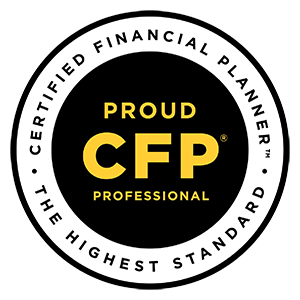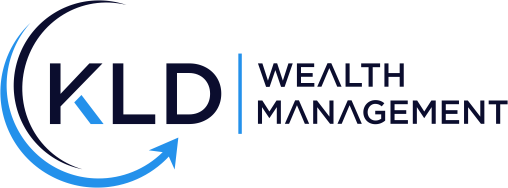Get in touch
Call or Text:
937-404-5180
Email:
dwiedmeyer@kldwealth.com
Unlocking Success Through Inverted Thinking
How often do you visualize your goals and dreams? If you're anything like me, it might be every day, every hour, or even every minute. I know I think about my goals constantly—and that’s OK.
But here’s my question: Have you ever thought of your goals and dreams upside down?
Before we dive into inverted thinking, I have a favor to ask. If you think this message would resonate with someone you know, or if you believe they’d enjoy it, please share this post .
What Is Inverted Thinking?
I came across this concept a few months ago, and it’s been a game-changer in my daily life. It’s called inverted thinking, and it’s both amazing and terrifying at the same time.
Think about how easy it is to visualize a goal. You can unpack everything you need to do to achieve it—the steps, the people involved, the places you need to be, and how you’ll feel when you succeed. It’s a pretty fun experience.
But what if you could use human psychology to your advantage and increase the likelihood of achieving your goal? That’s what inverted thinking is all about. Instead of focusing on how you’ll achieve your goal, you focus on all the ways you won’t.
Human beings are hardwired to look for danger and avoid it. Daniel Kahneman, who won a Nobel Prize in Economics for his work on Prospect Theory, found that "a person is twice as likely to avoid a loss than go for a gain." In other words, we’re naturally conservative. So, inverted thinking taps into this instinct—but in a way that’s not automatic.
How to Use Inverted Thinking
Take weight loss as an example. Let’s say I want to lose 20 lbs. My typical action items would include exercising regularly, eating less, and drinking more water. These are the steps that would get me to my goal.
But if I flip the script and ask myself how not to lose 20 lbs, I would come up with a different list:
- Not working out regularly
- Sitting at my desk all day
- Watching TV for 4-5 hours every night
- Drinking booze constantly
- Eating dessert every day
- Avoiding consistency with my regimen
- Avoiding accountability with friends and family
The list of ways not to achieve my goal would be more extensive and encompassing, naturally highlighting blind spots. This list then becomes my guide of what not to do, increasing the likelihood of achieving my goal. Pretty cool, right?
Why Inverted Thinking Matters in Financial Planning
You might be wondering why a financial planner is talking about not completing goals. My job is results-based—my number one task is to help people achieve their goals. I uncover and identify blind spots for clients because often, they don’t know what they don’t know.
But you can harness inverted thinking too. Think about what would keep you from:
- Retiring comfortably
- Saving $5,000
- Minimizing your tax burden (many people unwittingly ask how to maximize it!)
Write down your answers, and then do the opposite. Your pocketbook, waistline, and career will thank you.
What Are You Thinking?
What are you thinking about right now? Drop me a line and let me know—I’d love to hear from you. And if this message resonated with you, please share it with someone who might benefit from it.
But most importantly, have an amazing week.
-David
Also, in case you missed it, we’re trying to grow this community and help more people. Share our newsletter to be part of the solution and help your friends and family!





Phone
937-404-5180
706 Deerfield Rd.
Lebanon, OH 45036
Get financial wellness tips, directly to your inbox.
Contact Us
We will get back to you as soon as possible.
Please try again later.
All Rights Reserved | KLD Wealth | Privacy Policy | Form ADV
Advisory services offered through KLD Wealth Management, LLC, an investment adviser registered with the state(s) of Ohio. Advisory services are only offered to clients or prospective clients where KLD Wealth Management, LLC and its representatives are properly registered or exempt from registration.
The information on this site is not intended as tax, accounting or legal advice, nor is it an offer or solicitation to buy or sell, or as an endorsement of any company, security, fund, or other offering. Information provided should not be solely relied upon for decision making. Please consult your legal, tax, or accounting professional regarding your specific situation. Investments involve risk and have the potential for complete loss. It should not be assumed that any recommendations made will necessarily be profitable.
The information on this site is provided “AS IS” and without warranties either express or implied and the information may not be free from error. Your use of the information provided is at your sole risk.
